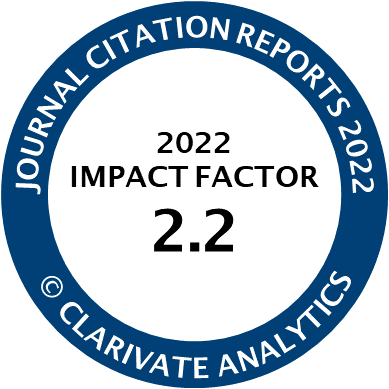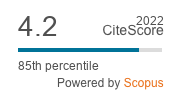Article | Open Access
Crossing the Digital Divide: Monism, Dualism and the Reason Collective Action is Critical for Cyber Theory Production
| Views: | 2355 | | | Downloads: | 1655 |
Abstract: In studying topics in cyber conflict and cyber-security governance, scholars must ask—arguably more so than has been the case with any other emergent research agenda—where the epistemological and ontological value of different methods lies. This article describes the unique, dual methodological challenges inherent in the multifaceted program on global cyber-security and asks how problematic they are for scholarly efforts to construct knowledge about digital dynamics in world affairs. I argue that any answer to this question will vary depending on how one perceives the social science enterprise. While traditional dualistic perspectives on social science imply unique challenges for researcher, a monistic perspective of Weberian objectivity does not. Regardless of one’s perspective, however, the most important steps to be taken at the level of the research program are clearly those focused on constructing the trappings of community. To this end, I outline steps that might be taken to develop a range of community-building and -supporting mechanisms that can simultaneously support a micro-foundational approach to research and expose community elements to one another. Doing this stands to better opportunities for the production of knowledge and direct researchers towards fruitful avenues whilst shortening gaps between the ivory tower and the real world.
Keywords: cyber; dualism; epistemology; monism; ontology; philosophy of science
Published:
© Christopher Whyte. This is an open access article distributed under the terms of the Creative Commons Attribution 4.0 license (http://creativecommons.org/licenses/by/4.0), which permits any use, distribution, and reproduction of the work without further permission provided the original author(s) and source are credited.




